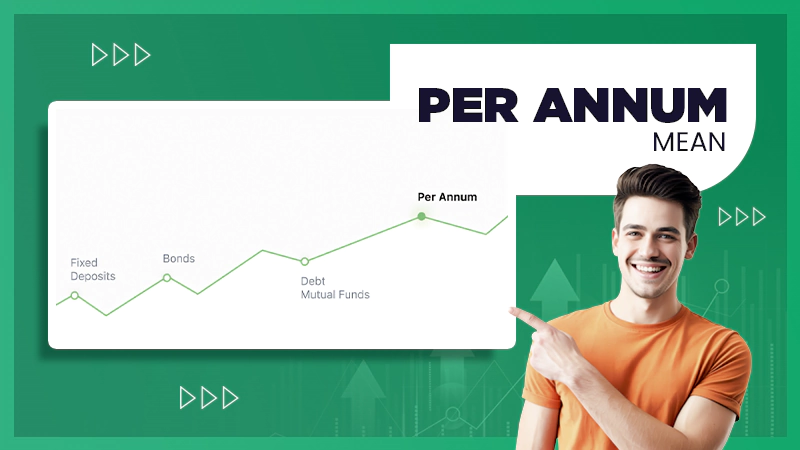Investing in real estate has always been viewed as one of the most stable paths toward building long-term wealth. However, buying property without carefully forecasting its potential returns is risky and often leads to disappointing outcomes. That’s where a real estate ROI (Return on Investment) calculator becomes essential. By analyzing purchase price, rental income, expenses, financing terms, and potential appreciation, buyers can make data-driven decisions instead of relying on guesswork.

We’ll explore how ROI calculations work, what metrics matter most, and why precision in projecting earnings is critical for any investor looking to purchase property in today’s competitive housing markets.
Using An ROI Calculator In A Specific Area
When using a real estate ROI calculator, the first step is to enter accurate data about property costs, rental income, and expected expenses. To see how this works in practice, let’s choose Los Angeles as an example market. Property values here range widely—from under $500,000 in some suburban neighborhoods to more than $5 million in high-demand areas like Beverly Hills or Malibu. By working with an LA real estate agency, investors can obtain verified rental comparisons, vacancy rates, and typical management fees, which usually run 8–10% of monthly rent in the city.
Suppose a condo in Downtown Los Angeles is purchased for $700,000 and rented for $3,200 per month. The gross yield comes out to roughly 5.5%. However, once realistic costs are factored in—California’s 1.1% property tax rate, insurance, and HOA fees—the net yield drops closer to 3.5%. Using local data ensures the ROI calculator reflects the real earning potential of the property rather than relying on broad national averages.
Understanding Key ROI Metrics
When projecting earnings, investors must evaluate multiple metrics, each showing a different side of profitability. The most common include:
1. Cash-on-Cash Return
This measures annual pre-tax cash flow divided by the total cash invested. For example, if you invest $150,000 in down payment and closing costs, and the property generates $12,000 net income per year, your cash-on-cash return is 8%. In Los Angeles, where down payments are often substantial due to high property prices, this metric helps assess whether leverage through financing is working in your favor.
2. Cap Rate (Capitalization Rate)
CAP rate compares a property’s net operating income (NOI) to its purchase price. A property generating $28,000 NOI on a $700,000 purchase has a 4% cap rate. In LA, cap rates typically range from 3% to 6%, with lower rates in prime coastal neighborhoods and higher rates in emerging inland areas.
3. Gross Rental Yield
This is simpler: annual rental income divided by purchase price. While it ignores expenses, it quickly compares different markets. For instance, Los Angeles averages around 4–6%, whereas some Midwest markets can exceed 8%. Comparing yields highlights opportunity cost.
4. Appreciation Potential
Unlike fixed metrics, appreciation is forecasted using historical price trends. According to California Association of Realtors, Los Angeles County property values have grown about 6% annually over the past decade, though individual neighborhoods vary widely. Factoring appreciation can turn a modest 3% yield into a highly attractive long-term return.
Factoring In Operating Expenses And Taxes
An accurate ROI projection requires full transparency of ongoing costs. Investors often overlook hidden or variable expenses that dramatically cut into earnings:
- Property Taxes: California’s Proposition 13 caps tax rates at about 1.1% of assessed value, with limited annual increases. On a $700,000 property, that’s ~$7,700 per year.
- Insurance: Standard landlord policies in LA range between $1,200–$2,000 annually, depending on coverage. Properties near wildfire-prone areas or older buildings may face higher premiums.
- Maintenance & Repairs: Industry guidelines suggest reserving 1–2% of property value annually. For a $700,000 home, that’s $7,000–$14,000 per year.
- Property Management Fees: Agencies typically charge 8–10% of monthly rent. On $3,200 rent, that’s $256–$320 per month.
- Vacancy Loss: LA averages about 4–6% vacancy rate, meaning investors should budget for one month of lost rent every two years.
By entering these costs into an ROI calculator, investors avoid inflated projections and get a realistic view of net income.

The Role Of Financing In ROI Projections
Leverage amplifies both risk and reward. In Los Angeles, the median home price exceeds $900,000, making financing essential for most buyers. Mortgage terms significantly influence ROI calculations:
- Interest Rates: As of September 2025, California mortgage rates average around 6.5% for a 30-year fixed. A $560,000 loan at this rate adds ~$3,540 monthly to expenses.
- Loan-to-Value (LTV) Ratio: Investors typically need at least 20% down for conventional loans. Higher LTVs reduce upfront cash investment, raising cash-on-cash returns but increasing debt service pressure.
- Amortization vs. Interest-Only: Interest-only loans improve short-term cash flow but delay equity building. Amortized loans reduce long-term risk by gradually paying down principal.
ROI calculators allow side-by-side scenario analysis—showing how returns shift with different interest rates, down payments, or loan types. This helps buyers stress-test investments against market changes.
Why Accuracy In ROI Projection Matters
Many first-time investors make the mistake of overestimating rental income or underestimating expenses. An ROI calculator provides clarity, but only when paired with reliable, verifiable inputs. That’s why working with a real estate agency—particularly one specializing in local markets like Los Angeles—is invaluable. They provide precise comps, updated vacancy data, and realistic expense estimates that can make the difference between a profitable investment and a costly misstep.
Moreover, objective projections allow investors to compare opportunities across regions. A 3.5% cap rate in LA may seem low compared to a 7% rate in the Midwest, but strong appreciation potential and lifestyle demand can justify the difference. The ROI calculator ensures investors weigh both short-term cash flow and long-term growth before deciding where to deploy capital.

Endnote
A real estate ROI calculator is more than a number-crunching tool—it’s a safeguard against overpaying and underestimating risk. By analyzing rental yield, cap rate, cash-on-cash return, appreciation, and financing terms, investors create a clear forecast of potential earnings. Partnering with an LA real estate agency ensures that the inputs reflect current market realities, giving buyers the best chance of securing profitable deals. In high-stakes markets like Los Angeles, precision isn’t optional—it’s the foundation of smart investing.







